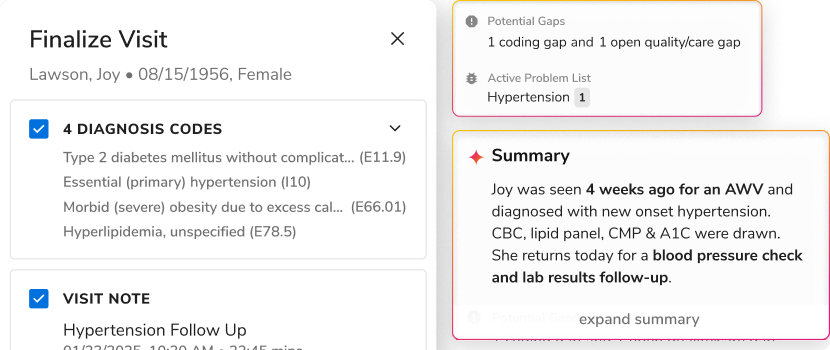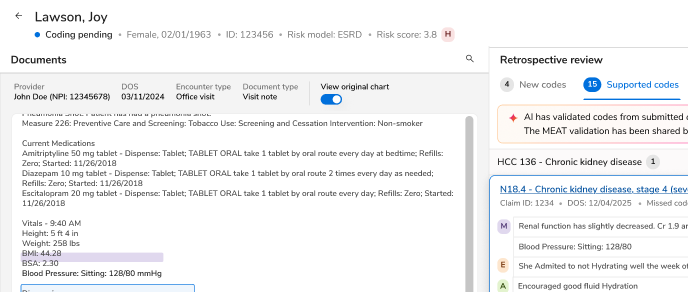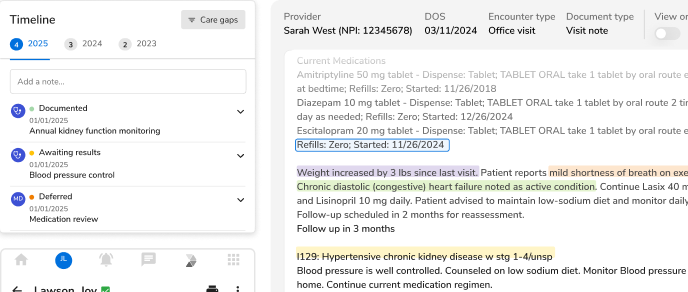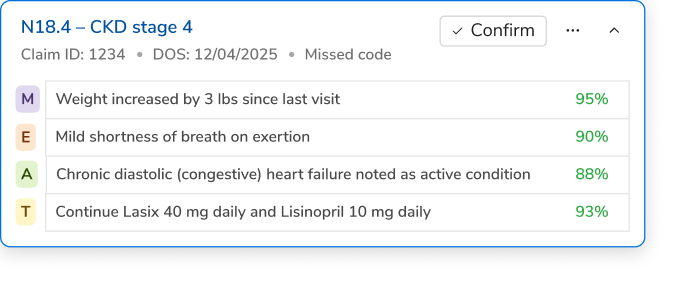Prior Authorization Automation: The Complete 2025 Guide for Health Systems


Healthcare is still burdened with the same kind of administrative work that ties down resources and delays the patients' stay. These obstacles are in the lead where prior authorization is recognized as the most time-consuming process that affects providers and patients. As the year 2025 progresses, these health systems are practically adopting the use of automation to revolutionize this crucial workflow and thus facility efficiency and productivity.
Understanding the Prior Auth Challenge
Prior authorization is still the cause of the biggest holdup in healthcare delivery. The procedure here in question means that the healthcare providers must seek clearance from the insurance payers before they give the patient certain specific treatments, conduct particular surgeries, or provide a specific medication. The manual prior auth process that is full of people leads to enormous wait issues and huge administrative overhead.
Per a recent survey, medical practices are on average busy with prior authorization requests for two full working days a week. Allocating staff time for this work is often at the expense of phone calls, fax transmissions, and paperwork which they dedicate the rest of their time to. The problem is over the administrative costs of the healthcare sector—of the physicians who responded to the survey, one-third report that prior authorization has been the cause of some serious adverse events in their patients owing to delay in treatment.
Evolution of Prior Authorization Software
The terrain of prior authorization software has undergone a major change within the last years. The modern solutions built on artificial intelligence, machine learning, and real-time data interchange have simplified the process that used to be fully manual. These programs not only perform payer requirement checks but also fill authorization forms, forward requests electronically and monitor the stage of approval without any human intervention, etc.
These days, prior authorization software is highly compatible with electronic health record systems. Consequently, it can obtain accurate data for patients from the clinical record without the need for redundant data entry, and the chances of denials, which are caused by mistakes, are less. One more aspect of such platforms is that they have detailed databases of payer policies and determine automatically which services require the authorization and direct requests to the correct end.
The evolution of automated systems is far beyond simply step-by-step enhancements—instead, it redefines the manner in which healthcare systems deal with the prior authorization workflow. Thus, the time which was previously used by the staff for calling conversations is now dedicated to complex case work which is not suitable for the automated routine authorizations that are processed in the background.
Evaluating Electronic Prior Authorization Vendors
A crucial step for the successful implementation of automation is choosing the right technological partner. There are many electronic prior authorization vendors in the market, each with different features, integration strategies, and support models. Health systems need to narrow down their choices depending on their specific requirements along with their currently used technology.
When evaluating ePA vendors, are to take soluble factors like the extent of coverage by the payer, the degree of integration with your EHR, the attractiveness of the user interface, the availability of reporting and analytics features, and the quality of customer service into account. Top vendors constantly stay in touch with big insurers and keep their payer policy databases up to date to reflect the latest requirements.
Implementation timelines and costs differ greatly from one vendor to another. For some solutions, a lot of customization and IT resources are needed while other solutions come with a quick implementation and minimal disruption of the current workflows. It is advisable to ask vendors for detailed demos and also visit their clients to get their true feedback on how you will be able to make a decision.
Some of the best electronic prior authorization vendors also offer excellent training along with change management support. Even the most complex technology will not give desired results if staff members are not trained and thus not willing to use it. Choose partners who recognize that the human factor cannot be overlooked when it comes to changes in the way work is done and, moreover, they have a wide range of onboarding resources.
The Power of Prior Auth API Integration
The use of application programming interfaces has become a major advantage in prior authorization automation. With a prior auth API, real-time, bidirectional communication is made possible between different healthcare systems that authorization data can move from one platform to another without any interruption. This kind of connectivity gets rid of information silos and, at the same time, creates a link between all the steps in the process of getting authorization.
The health systems which are using a prior auth API can perform the authorization checks right from the clinical workflows. In the case where a physician prescribes a medication or wants to carry out a procedure, the system in real-time automatically checks the payer's requirements and, if authorized, it goes on to the next step in the authorization process. This method of working that is done ahead of time eliminates waiting periods downstream and, in turn, makes the patient happy.
The movement towards standardization of the prior auth API technology is gaining more ground every day. There are several industry initiatives that are striving to put in place a common data format and communication protocols that will make different systems interoperable. Once these standards get established, the health systems which have been relying on API-based automation will be able to enjoy the benefits regardless of whether they are big or small.
Contemporary API solutions are further equipped with analytics and reporting functionalities, which allow a transparency not previously possible into the prior authorization workflow. By utilizing these insights, healthcare providers can uncover trends in rejections, monitor the completion time by the insurance company, and evaluate the influence of the automation on employee efficiency and patient care.
Implementation Best Practices for 2025
Successfully implementing prior authorization automation requires strategic planning and cross-functional collaboration. Begin by conducting a thorough assessment of your current prior auth volume, identifying pain points, and establishing baseline metrics for comparison. Engage stakeholders from clinical, administrative, and IT departments early in the planning process.
Prioritize integration with existing systems rather than creating standalone solutions. The goal is to embed automation into existing workflows rather than adding complexity. Work closely with your EHR vendor and automation partner to ensure seamless data exchange and minimize disruption during implementation.
Start with a pilot program targeting high-volume service lines or specific payer relationships. This approach allows you to refine processes, identify challenges, and demonstrate value before organization-wide rollout. Collect feedback from staff members regularly and make adjustments based on real-world usage patterns.
Looking Ahead
Prior authorization automation represents a critical investment for health systems seeking to improve operational efficiency and patient care delivery. As technology continues to advance and industry standards mature, the barriers to adoption will continue to fall. Organizations that embrace automation now position themselves to thrive in an increasingly value-based healthcare landscape.
The transformation from manual processes to intelligent automation won't happen overnight, but the benefits—reduced administrative burden, faster patient access to care, and improved staff satisfaction—make it an essential priority for forward-thinking health systems in 2025 and beyond.

.png)





.png)









.svg)
.svg)

.svg)

